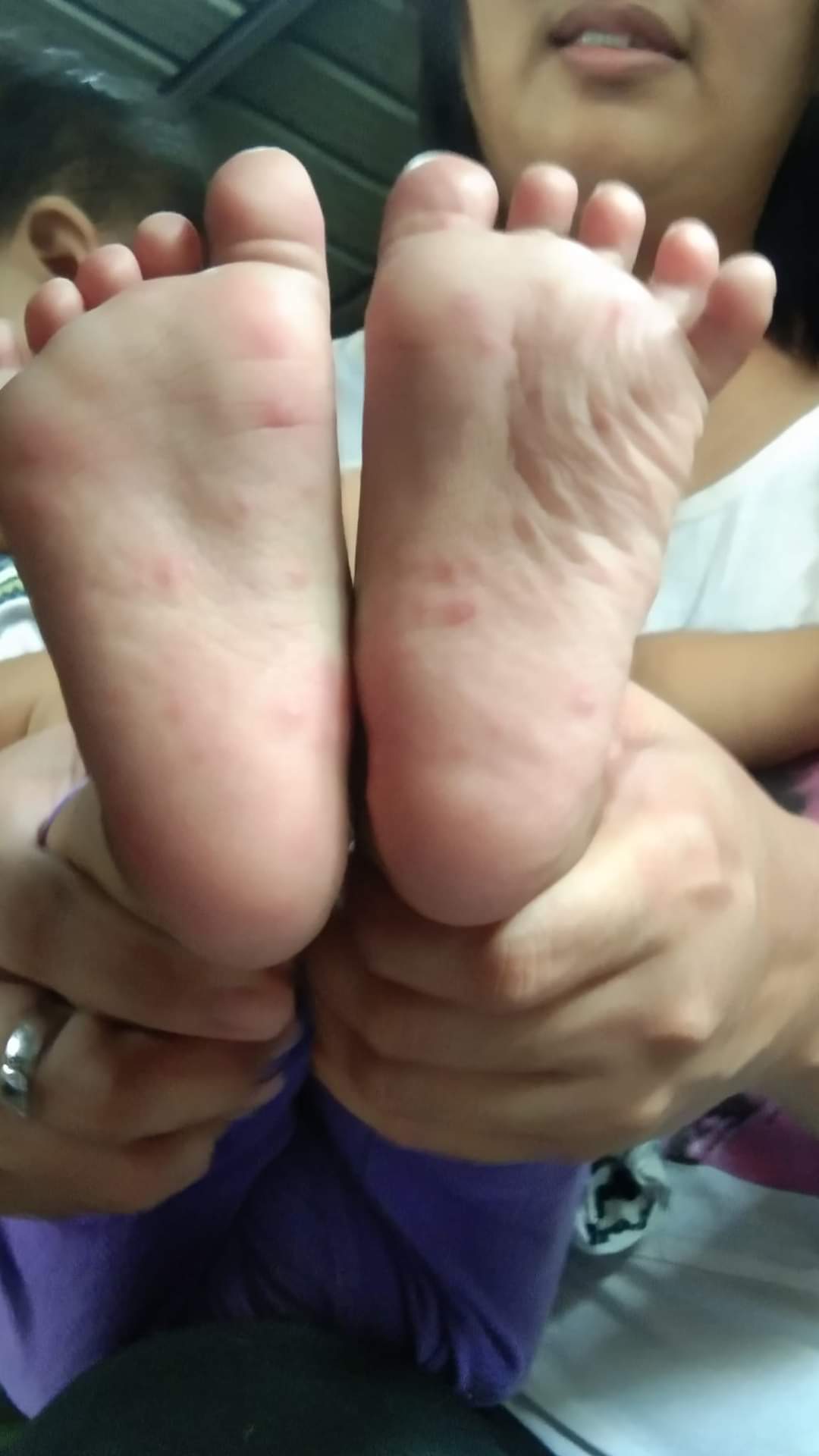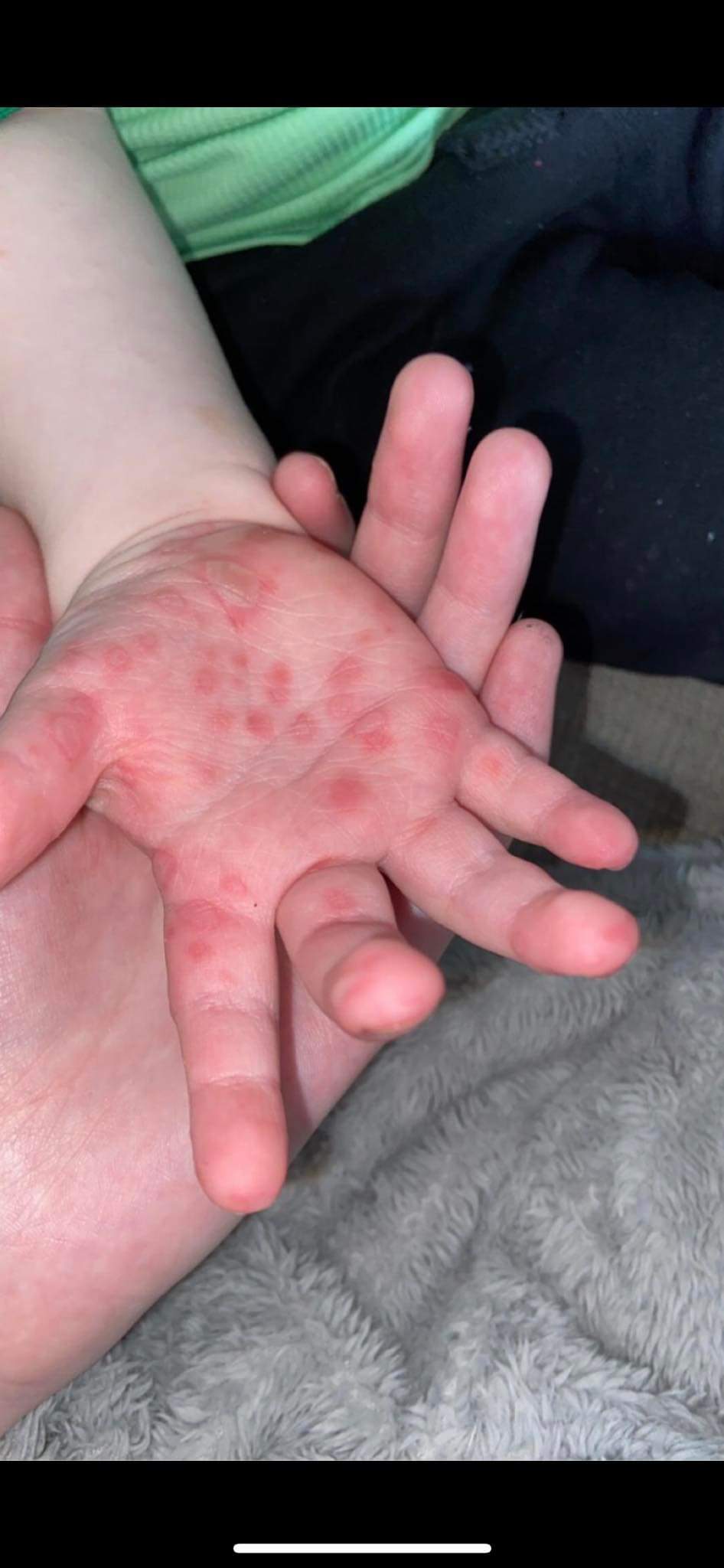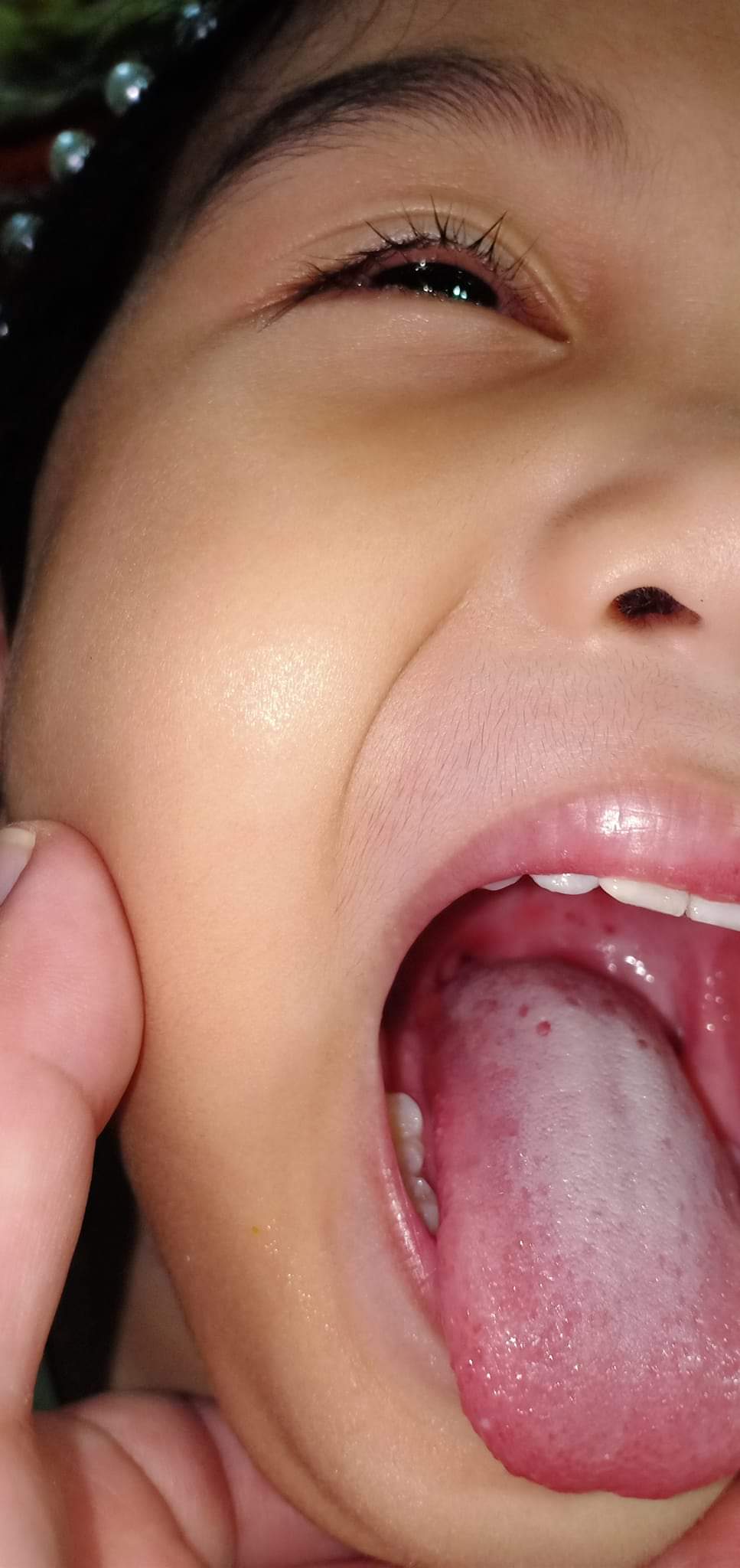Hand foot mouth disease:IS IT A DANGEROUS ILLNESS?
Hand foot mouth disease is a common viral infection in kids younger than 5 years old, but it can also affect older children and adults who have never had the infection.

HOW TO SPREAD A HFMD
It is easily spread from person to person through direct contact, but can also be passed through saliva, nasal
secretions, and contact with the infected person’s stool.Children commonly pass it to each other through shared drinks or utensils, sneezing and coughing close
to others, and playing with toys previously handled by an infected child.
It is characterized by rashes or blisters on the hands, feet, and in and around the mouth.Rashes should not be itchy
like chickenpox.

WHAT ARE THE SIGNS AND SYMPTOMS OF HFMD
Symptoms usually start 3 to 7 days after contacting a infected person,and can last from 7 to 10 days.
These symptoms include:
Fever
Runny nose
Sore throat
Lack of appetite
Rashes, sores, or red blisters in or around the mouth,throat, hands, feet, and/or diaper area Some kids get rashes in all the areas mentioned, while some kids can only get it in the hands, mouth and feet.
If the diaper area is involved, it appears like a bad,bumpy diaper rash.Because the child may have a sore mouthand throat, drinking and eating can be painful because of the mouth blisters. This can lead to poor appetite and increased risk of dehydration

HOW TO CARE YOUR CHILD WITH HFMD?
HFMD is a viral infection and antibiotics have no role in treating the illness. Children will get better on their own, but their symptoms should be considered.
Hydration is essential. Encourage your child to increase their oral fluid intake (water and/or oral rehydration solutions).
If it’s difficult for your child to eat because of the pain/discomfort from the mouth sores, you may give them soft,
cold food.
Fruit smoothies, milk shakes, chilled fruit, andpopsicles are all great ideas.
Avoid giving hot food, spicy food, acidic food and citrus fruits.
The rashes should not be itchy and will go away on their own in 7-10 days. No special treatrment is necessary. Leave the blisters to dry naturally
Fever reducers and pain relievers may be given, as needed.Always check the dose of your child’s medications with your
doctor to avoid under- and overdosing.
WHEN SHOULD YOU SEEK CONSULT?
In general, it’s good to seek consult with your pediatrician any time your child is ill, especially if they have a fever and a
rash.
Do seek immediate medical attention if:
Fever persists for more than five days or is
persistently high grade (temperatures of 38.5C or
higher)
Rashes appear as small bright red spots, purple spots or unexplained bruises that do not turn to skin color(blanch) when you press on it Your child is dehydrated (has no tears, has no wet diapers, or has not urinated in 6-8 hours)
Your child is unable to eat and drink.
Persistent vomiting
Your child’s symptoms worsen.
HOW TO PREVENT THE SPREAD OF HFMD?
It can be difficult to contain the spread of HFMD. Some ways to help prevent the spread include:
Frequent handwashing, especially after handling the patient’s secretions
Encourage your child to cover is/her mouth with a tissue when coughing or sneezing, then disposing the tissue and washing their hands right after Cleaning and disinfecting commonly touched surfaces and your child’s toys after they use it
Remind your child not to share food, drinks, utensils,and linens, and not to kiss or hug siblings during illness.
Keeping the sick child home from daycare/school until they are recovered.
You can get HFMD more than once, so it’s important to follow precautions if someone in your household has it.
After recovery OF Hand foot mouth disease?
You may notice drying/peeling of the skin of the hands and feet one to three weeks after your child has recovered from HFMD.
No special treatment is necessary, but it’s always good to keep skin hydrated and moisturized.
Do avoid picking on the peeling Skin.
Some children may have brittle nails or would even experience nail shedding one to two months after their episode of HFMD.
Again, no special treatment is necessary.
The nails will eventually grow back on their own, but may take a couple of months until they’re back to their normal length.
